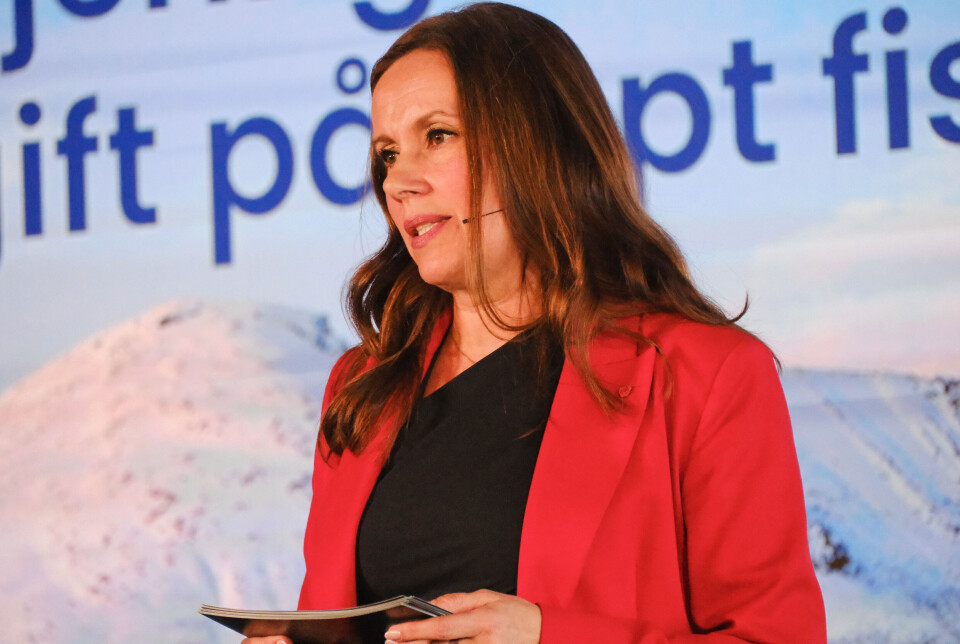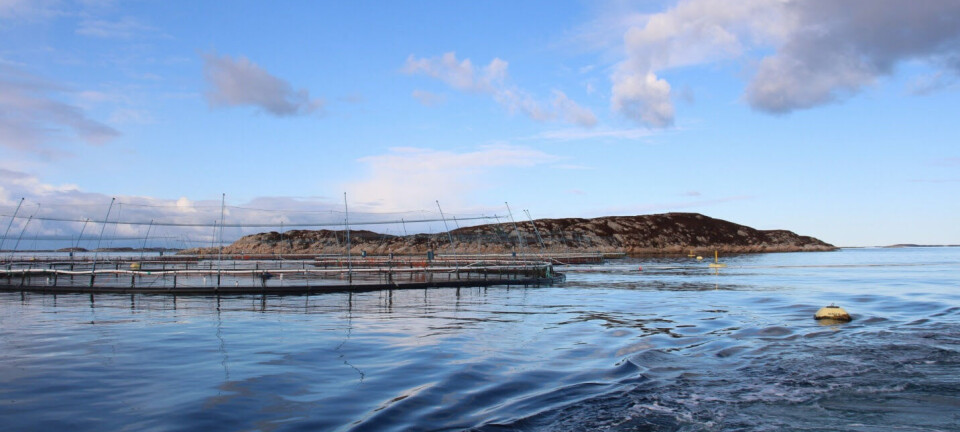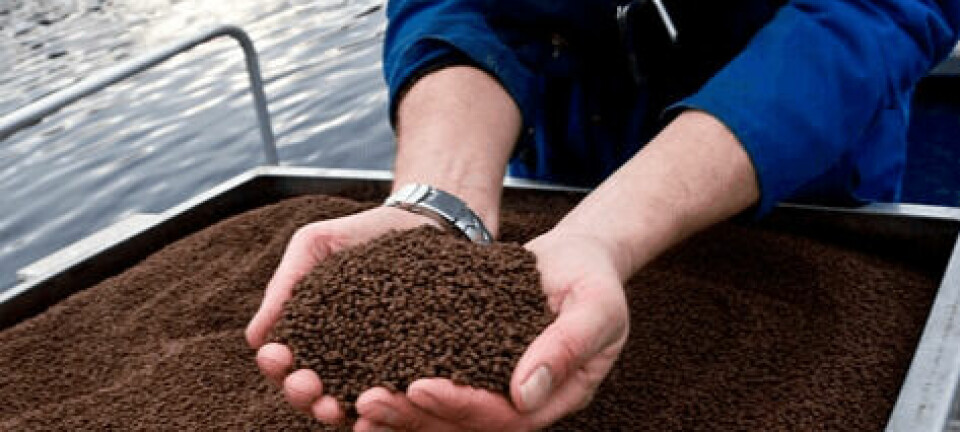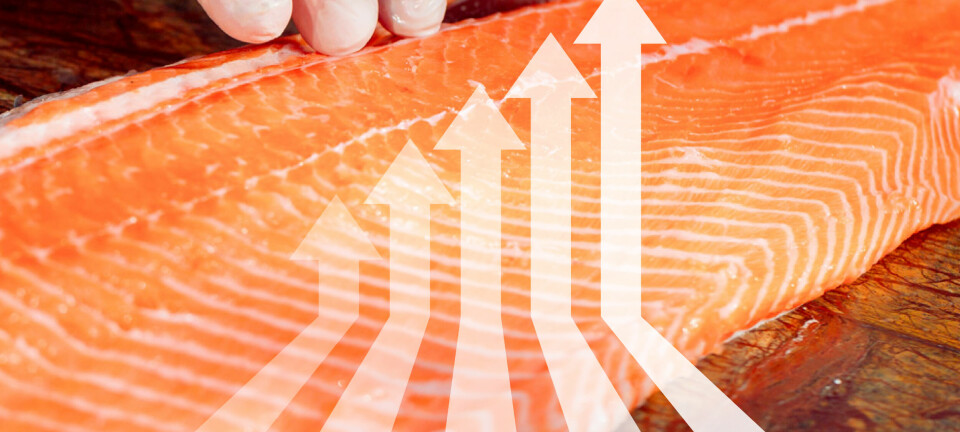
Norway's proposed fish farm changes slammed by business organisation
Move to substitute lice quotas for biomass licences lacks evidence base and its impact hasn't been properly assessed, says group representing 33,000 companies
A group representing 33,000 companies in Norway has claimed that the knowledge base and impact assessments that underpin government proposals for a major change in fish farming regulation are inadequate.
Norwegian Business Associations (Næringsforeningene i Norge, or NIN), an umbrella body for the country’s 175 business associations, wants the Storting (Parliament) to reject the proposals unveiled in April by the minority Labour administration.
The government proposes to replace the maximum biomass allowances owned by fish farmers with biomass limits based on the volume of sea lice from farms that it calculates nature can tolerate in a given area. Its aim is to promote methods of salmon farming such as floating closed containment that have a lower impact on the environment.
Production cuts
NIN fears, among other things, that the introduction of a new system based on lice quotas will lead to a dramatic reduction in production in areas that have been given yellow or red status under the current ‘traffic light’ system. That traffic light system is based on perceived harm to migrating wild smolts from lice emanating from salmon farms. Areas given a yellow designation cannot increase biomass, while producers in red areas must reduce production.
The business association also believes that the proposed system could push smaller players out of the industry.
“They will not be able to adapt to the lice quotas that are likely,” NIN says in its submission to a consultation about the plans.
Permits made worthless
NIN also warns of the consequences for the value of existing permits, which have been purchased from the state under conditions that are now proposed to be changed.
“These are permits for which large sums have been paid to the state under the condition of MTB (maximum biomass limit) and perpetual ownership. The report proposes to remove this entire basis and replace it with lice quotas, and uncertainty is created about the time horizon for ownership,” it writes.
NIN points out that the proposals in the report have not been subject to impact assessments on key points, and draws parallels to the Office of the Auditor General’s criticism of the lack of assessment in the quota system for fisheries.
“Here they choose to make the same mistake when assessing changes to the permit system for aquaculture,” NIN says critically.
Weak science
It also points to weaknesses in the scientific basis for the current traffic light system and problems with the proposal for a new calculation of “lice emissions”.
“Lice discharge is not an indicator of the condition of wild salmon and the environment in general, but an indirect indicator that will have varying validity for the population and environmental situation depending on time and location.”
NIN is also critical of the proposal for species-neutral permits and believes that in practice it could hinder the development of new species.
“The real consequence could therefore be that all development of species other than the most profitable (salmon and trout) will come to a halt. In the long term, this could have serious consequences for future value creation and future access to raw materials for Norwegian industry,” it writes.
A double punishment
The report also contains a proposal for a tax on “lost fish”, which refers to fish that cannot be specifically accounted for.
“We choose here to briefly point out that this is a double punishment of the individual farmer, where for example an attack by a ‘barbed wire’ jellyfish or marine mammal can lead to completely random results that the farmer has no control over. We note the paradox in that an attack by a killer whale should lead to a fee, while attacks by wolves (on a land farmer’s livestock) should lead to compensation,” the written submission states.
NIN concludes that the proposal in the report has not been sufficiently impact-assessed and that it will create great uncertainty in the industry.
“A decision in principle will be based on missing assumptions and create uncertainty about fundamental framework conditions in the industry.”
The association therefore asks the Storting to reject the proposals and instead demand a new and thorough impact assessment – with active participation from the industry itself.
The Storting’s Standing Committee on Business and Industry is scheduled to present its recommendation for the aquaculture report next Tuesday, May 27, before the matter is considered in the Storting on June 12.
























































